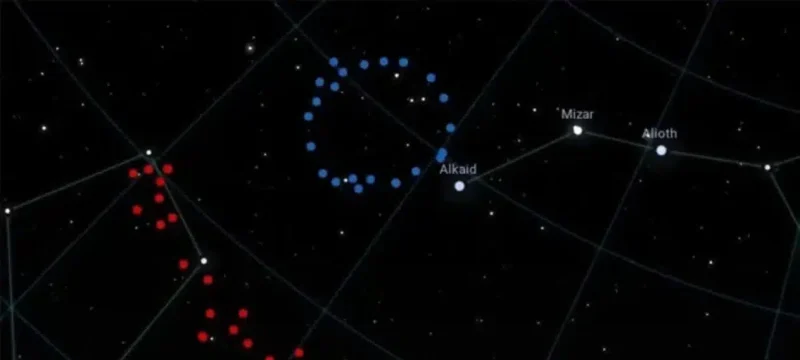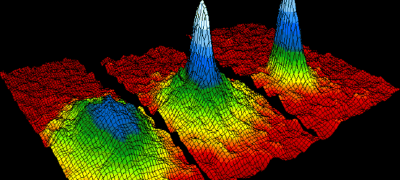Scientists at the University of Central Lancashire have made a startling discovery: an enormous ring-shaped structure in space, known as the “Big Ring,” challenging established cosmic principles.
Spanning an astounding 1.3 billion light-years, this formation, composed of galaxies and clusters, contradicts the cosmological principle, raising questions about our understanding of the universe. Dr. Robert Massey of the Royal Astronomical Society acknowledges the need to reconsider astronomical theories in light of such anomalies.
The chance identification of the Big Ring by UCLan PhD student Alexia Lopez has added complexity to the cosmic puzzle. Lopez also uncovered the “Giant Arc,” spanning 3.3 billion light-years, both defying easy explanation within existing cosmological frameworks.
Also Read: The Spherical Mystery: Why Are all Planets Round?
Professor Don Pollacco suggests a potential link between the two structures, hinting at a larger cosmic entity. Speculation arises about these structures being remnants from the early universe, frozen waves in the extragalactic medium.
As researchers grapple with the challenge of explaining these colossal structures, the cosmic mystery deepens. The Big Ring, resembling a perfect ring, exhibits a more intricate coil shape, described as a corkscrew. Analysis by Lopez indicates its face aligns with Earth. Presented at the American Astronomical Society’s 243rd meeting, these findings prompt a reevaluation of our understanding of the universe’s evolution, with profound implications for our cosmic comprehension.









